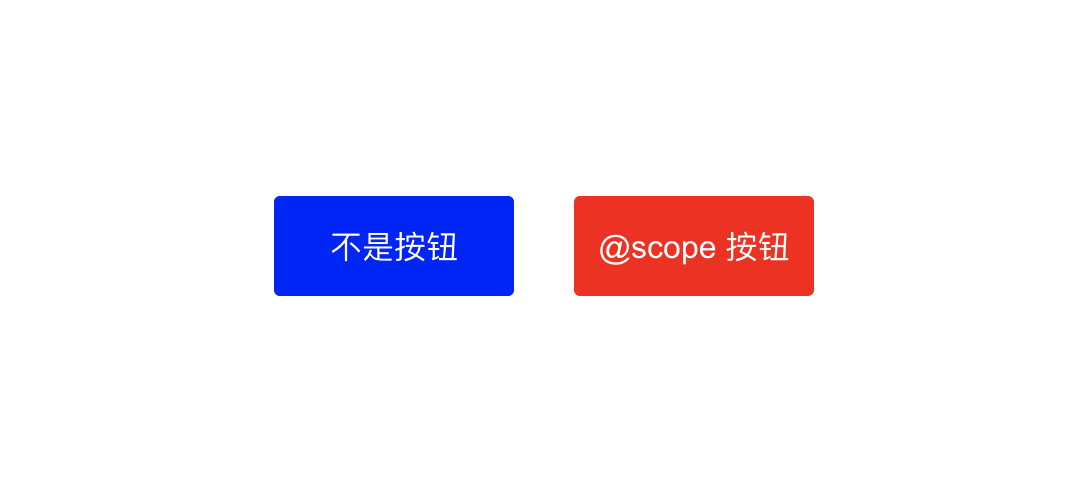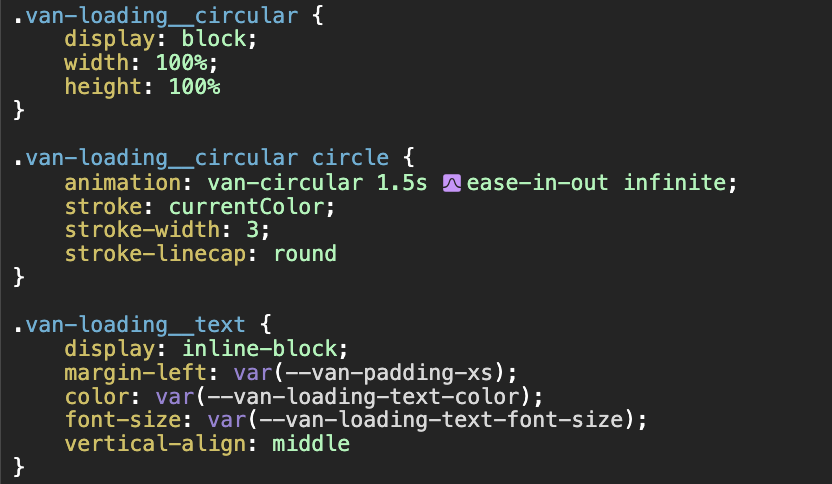489 字
2 分钟
最新版Chrome开始支持作用域样式
在 Chrome 118 版本中,新增了对 @scope 规则的支持。@scope 规则允许开发人员将样式规则限定在给定的作用域根节点上,并根据该作用域根节点的接近程度来应用样式元素。这个规则改变了原有的先后顺序或权重来覆盖样式规则。 在组件样式中,我们通常采用 CSS Modules 或 Scoped CSS 来给样式设置作用域,这两种方式是通过生成随机类名来避免重复。而 @scope 规则使用在组件样式中可能会更加方便。
以下面的 HTML 代码布局为例:
<div class="blue">
<div class="green">
<div class="red">
<button>不是按钮</button>
</div>
</div>
</div>在不使用 @scope 的情况下,我们按照先后设置按钮背景色的方式写样式:
.red button {
background-color: red;
}
.green button {
background-color: green;
}
.blue button {
background-color: blue;
}在这种情况下,最后一个样式会覆盖前面的样式。然后我们使用 @scope 规则来设置样式,@scope 规则需要使用嵌套的格式写:
@scope (.red) {
button {
background-color: red;
}
}
@scope (.green) {
button {
background-color: green;
}
}
@scope (.blue) {
button {
background-color: blue;
}
}对比两种方式如下图所示:

可以看到,在使用@scope规则后,背景变成红色,其样式的作用范围限制在最近的@scope元素下。
也许流行的组件库也可以改变使用冗长的 CSS BEM 命名规范了,就如 vant 组件库。

@scope (.van-loading) {
.circular {
display: block;
width: 100%;
height: 100%;
}
.circular circle {
/* ... */
}
.text {
/* ... */
}
}当然,你可能不需要将所有的样式都设置在@scope规则中,你可以使用排除选择器来排除不需要的样式。例如:
<div class="component">
<p class="first">@scope 规则学习 1</p>
<p>@scope 规则学习 2</p>
<p class="third">@scope 规则学习 3</p>
<p>@scope 规则学习 4</p>
</div>@scope (.component) to (.first, .third) {
p {
color: red;
}
}效果如图:


